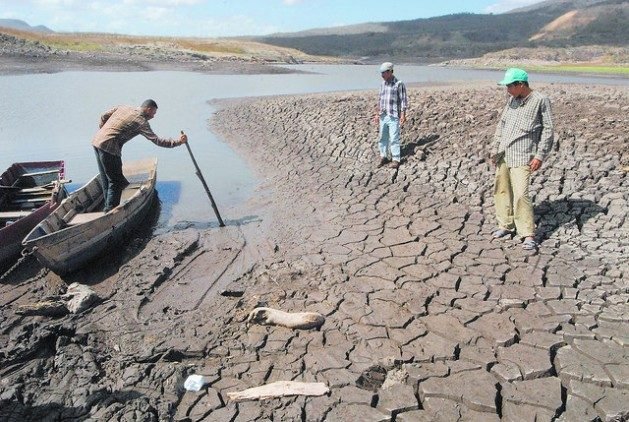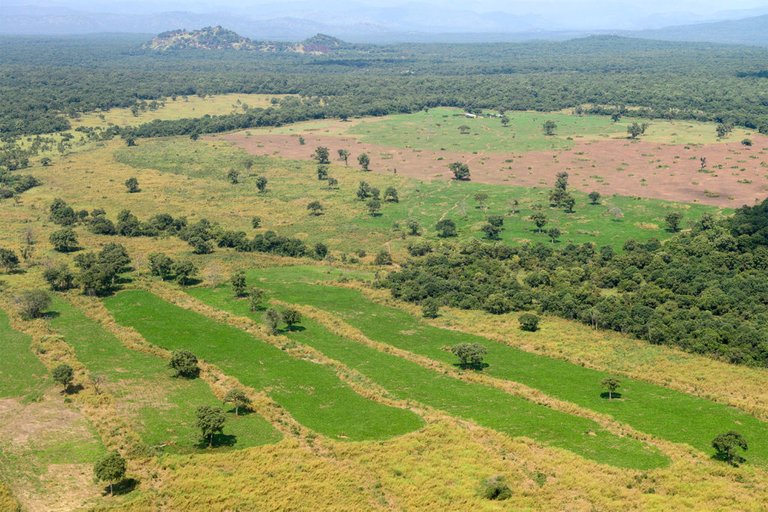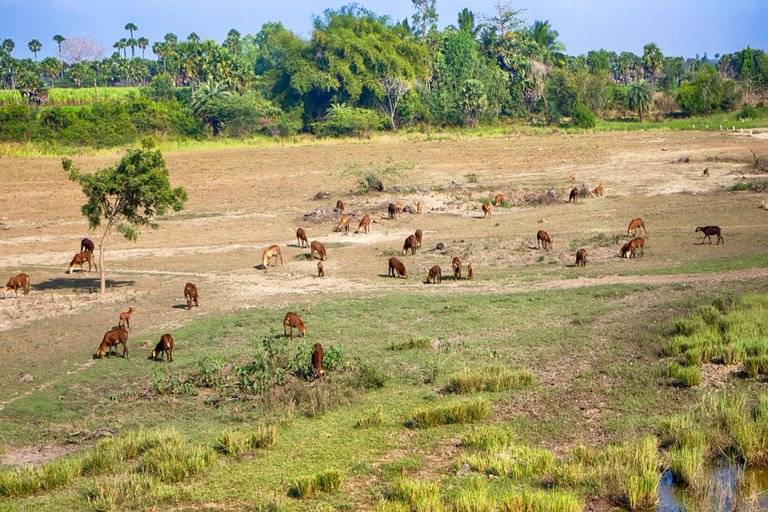Today I bring you a topic that threatens life on the planet, desertification, which is one of the main environmental problems affecting the planet, decreases agricultural and livestock productivity, as well as the value of natural resources and has serious socioeconomic consequences.



▶ The United Nations Convention to Combat Desertification defines it as the degradation of land in arid, semi-arid and dry sub-humid areas resulting from various factors, such as climate variations and human activities. This last point, human action, is key to differentiate desertification from desertification, which is sometimes confused.

▶ Credits: Carbonbrief. – [Image of Public Domain]
≕ I invite you to stay tuned and read my next contribution ≔
Six main desertification scenarios have been identified, namely rainfed crops affected by erosion, abandoned agricultural lands, poorly planned irrigated crops, overgrazed lands, degraded wastelands and scrublands, and poorly managed forests.
In a simplistic sense, it can be understood that, if action is taken on these factors, soil degradation can be reversed. However, desertification is a complex and multifactorial process, and there is no recipe to return a soil to its original state once it is too arid.
Likewise, interventions for the rehabilitation of desertified areas are economically expensive and offer limited results.

In this fight against desertification, which is closely linked to climate change mitigation and adaptation, biodiversity preservation and the maintenance of soil productivity, we all play an important role and must be an active part of the solution.
NOTE: Reference material.
Yay! 🤗
Your content has been boosted with Ecency Points
Use Ecency daily to boost your growth on platform!
Support Ecency
Vote for new Proposal
Delegate HP and earn more, by @agrovision.
Thanks for the support.